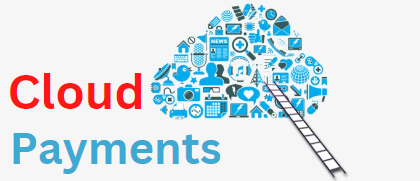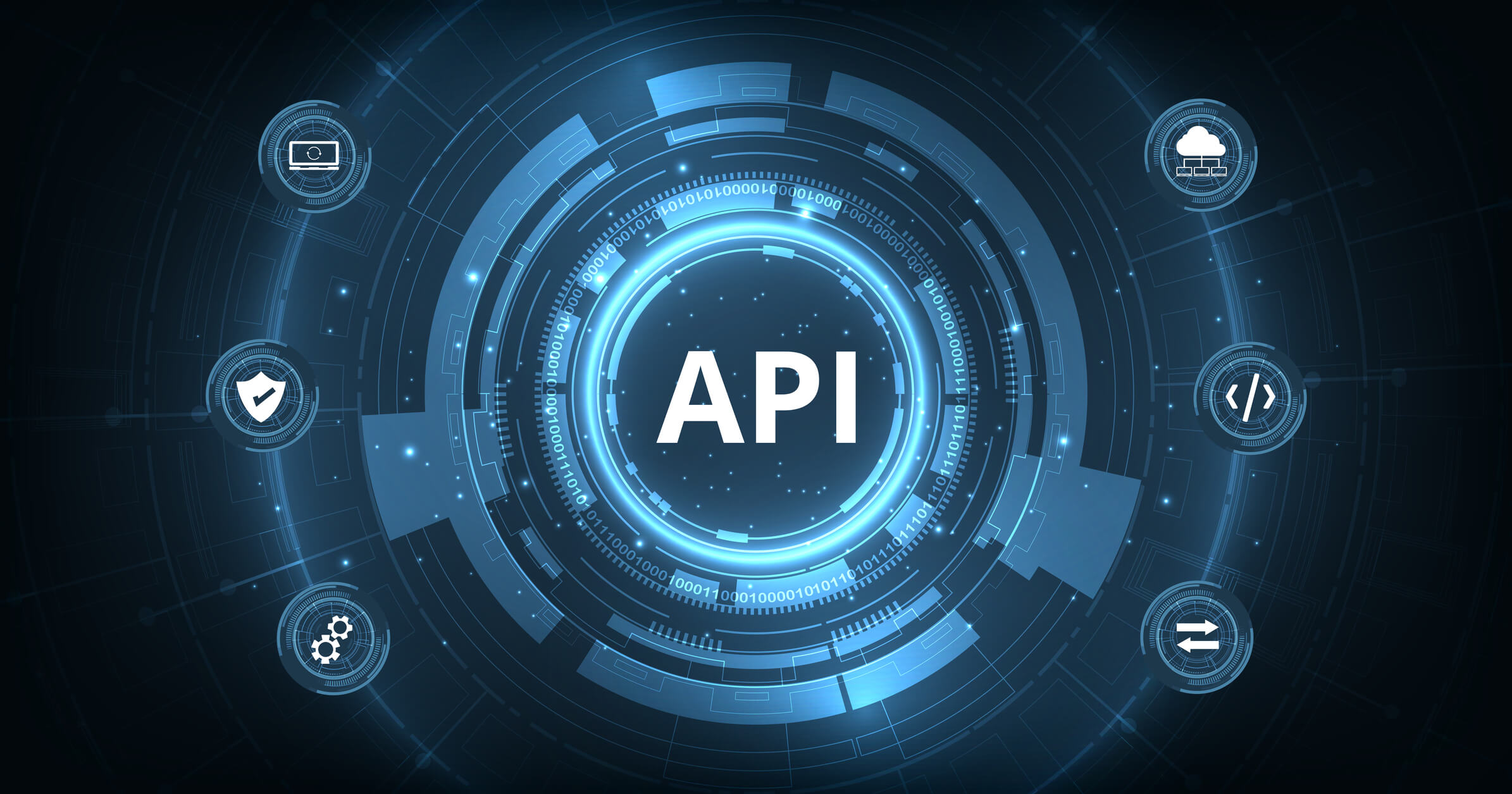Understanding the Cloud Payments and API Economy
The evolution of cloud technology and APIs (Application Programming Interfaces) has had a profound impact on various industries, especially in the realms of finance and payments. This guide delves into the intricacies of cloud payments and the API economy, providing a comprehensive understanding of their mechanisms, benefits, and strategic importance.
The Role of APIs in Cloud Payment Innovation
APIs play a pivotal role in enabling seamless integration between payment systems and other applications. By providing a standardized interface, APIs allow different software systems to communicate and exchange data in real-time. In the context of cloud payments, APIs facilitate the secure transfer of payment information between merchants, payment processors, and financial institutions. This integration enables businesses to offer a wide range of payment options, such as credit cards, digital wallets, and mobile payments, while ensuring a smooth and consistent user experience.
Exploring the Benefits of Cloud Payments and API Integration
The integration of cloud payments with APIs has revolutionized the financial landscape, offering numerous advantages for businesses across various industries. This convergence enhances operational efficiency, scalability, and customer satisfaction. Below, we delve into the key benefits of leveraging cloud payments and API integration.
Increased Efficiency and Reduced Costs

Cloud payments streamline the financial operations of businesses by eliminating the need for physical payment infrastructures and reducing the reliance on manual processes. API integration further enhances this efficiency by automating the transfer of data between systems, such as accounting software and banking platforms. This automation minimizes human error and reduces administrative overhead, ultimately leading to cost savings.
Enhanced Scalability
The cloud-based nature of these payment systems allows businesses to scale their operations effortlessly. As transaction volumes grow, cloud infrastructures can dynamically adjust to accommodate increased demands without the need for significant capital expenditure on hardware. APIs play a critical role in this scalability by enabling seamless connections between expanding service offerings and existing systems, ensuring that businesses can grow without technological constraints.
Improved Customer Experience
Cloud payments and APIs collectively improve the customer experience by facilitating faster and more reliable transaction processing. Customers enjoy the convenience of quick, seamless payment options across various platforms, whether they are shopping online, using mobile apps, or making in-store purchases. APIs also allow for the integration of loyalty programs and personalized customer interactions, further enhancing the customer experience.
Access to Global Markets
APIs enable cloud payment systems to easily integrate with international payment gateways, allowing businesses to accept payments from customers around the world. This capability is crucial for companies looking to expand their reach into global markets. By managing multiple currencies and compliance requirements through APIs, businesses can provide a localized shopping experience for international customers without the complexity traditionally associated with global transactions.
Advanced Security Features
Security is a paramount concern in financial transactions, and both cloud payments and APIs address this issue robustly. Cloud payment providers invest heavily in security technologies such as encryption and tokenization to protect transaction data. APIs contribute by enabling real-time security protocols, including fraud detection services that can instantly analyze and respond to potential threats, thereby safeguarding both the business and its customers.
Supporting Innovation and Agility
API integration allows businesses to quickly adopt new payment technologies and services. As the financial sector evolves, APIs provide the agility needed to implement innovative payment solutions, such as blockchain technology or biometric payments, with minimal disruption to existing operations. This adaptability is crucial for staying competitive in a rapidly changing market environment.
Key Players in the API Economy: Payment Cloud Ecosystem
The API economy has been instrumental in shaping the payment cloud ecosystem, fostering a network of businesses and technologies that enable sophisticated financial transactions. Understanding the key players in this ecosystem not only highlights the complexity and collaborative nature of modern payment solutions but also underscores the value of innovation in financial technology. This section explores the significant roles of various stakeholders in the payment cloud ecosystem.
Payment Processors
Payment processors are at the heart of the cloud payment ecosystem. They act as intermediaries that handle transactions between merchants, consumers, and financial institutions. Utilizing APIs, payment processors offer services that include payment gateway integration, fraud prevention, and transaction reconciliation. Companies like PayPal, Stripe, and Square are prominent examples, offering robust API platforms that enable businesses to incorporate various payment functionalities into their operations seamlessly.
Banking Institutions
Banks play a critical role by providing the foundational financial infrastructure required for processing payments. In the API economy, banks have evolved to offer API-driven services, allowing third-party providers to access essential banking functions such as account management, direct debits, and wire transfers. This openness not only extends the services banks can offer but also enhances the efficiency of financial transactions across different platforms.
Fintech Startups
Fintech startups are among the most dynamic players in the API economy. These companies leverage cutting-edge technology to disrupt traditional financial services. By utilizing APIs, fintech startups introduce innovative solutions such as peer-to-peer payment apps, financial management tools, and alternative lending platforms. These solutions often fill gaps left by traditional financial institutions, providing more personalized and accessible financial services to consumers.
Cloud Service Providers
Cloud service providers offer the necessary infrastructure and platforms that support the vast data processing needs of the payment cloud ecosystem. Companies like Amazon Web Services (AWS), Microsoft Azure, and Google Cloud provide scalable cloud environments where APIs can operate efficiently. These providers ensure high availability, security, and compliance with financial regulations, making them indispensable to the functioning of cloud-based payment solutions.
Regulatory Bodies
Regulatory bodies are crucial in ensuring that the payment cloud ecosystem operates within legal frameworks. Regulations such as the Payment Card Industry Data Security Standard (PCI DSS) and the General Data Protection Regulation (GDPR) dictate how payment data should be handled and protected. APIs must be designed to comply with these regulations to ensure that consumer data is secure and that payment processes are transparent.
Technology Solution Providers
Lastly, technology solution providers develop the software and hardware that enable and enhance the capabilities of cloud payments. These include POS (Point of Sale) system manufacturers, mobile device producers, and software development companies. They use APIs to integrate payment functionalities into a wide range of devices and platforms, making transactions more accessible and efficient.
Monetizing APIs in the Payment Cloud Ecosystem
Monetizing APIs in the payment cloud ecosystem is an increasingly lucrative strategy as businesses seek to leverage their digital assets to generate revenue. This approach not only enhances the value of API investments but also drives innovation and collaboration across the financial technology landscape. Here, we explore various strategies and models for API monetization within the payment cloud ecosystem.
Understanding API Monetization
API monetization refers to the methods by which companies can generate revenue directly or indirectly from their APIs. In the payment cloud ecosystem, this involves creating APIs that offer valuable services to other businesses or developers, who then pay to use these APIs in their own products or services.
Direct Monetization Models
- Pay-per-Use: This is the most straightforward monetization model where developers pay for each API call made. It is particularly suitable for high-value APIs where usage can be easily measured, such as payment processing or currency conversion services.
- Subscription Models: Businesses charge a regular fee for access to an API suite. This model provides predictable revenue and is ideal for APIs that support core business functions requiring continuous access, like transaction history or account management.
- Tiered Access: Under this model, API providers offer different levels of service at different price points. Higher tiers might include increased rate limits, enhanced support, or additional features, catering to businesses with varying needs and budgets.
Indirect Monetization Strategies
- Ecosystem Building: APIs can be used to create an ecosystem of partner developers and companies that build on the original platform. While the API may be offered for free, the provider benefits indirectly through increased platform usage, which can lead to more sales of other products or services.
- Data Insights: By analyzing the data flowing through APIs, companies can gain valuable insights which can be monetized. For example, understanding purchasing trends or consumer behavior can inform strategic decisions or be sold as market research.
- Cross-Promotion: Free or discounted APIs can be used to promote other paid services or products. For example, a company might offer a free payment API to drive adoption of its more comprehensive business management suite.
Best Practices for API Monetization
- Clear Value Proposition: It’s essential for API providers to clearly articulate the value of their APIs to potential users. This includes detailing how the API can save time, reduce costs, or generate new revenue streams for its users.
- Robust API Management: Effective management tools are crucial to handle version control, user authentication, and performance metrics. These tools help maintain the quality of service as usage scales up.
- Developer Support and Community Building: Successful API monetization often relies on a vibrant developer community. Providing excellent documentation, responsive support, and community forums can help foster a community that contributes to the API’s continuous improvement and popularity.
Security and Privacy Considerations in Cloud Payments and API Integration
As with any digital transaction, security and privacy are paramount in cloud payments and API integration. Organizations must implement robust security measures to protect sensitive payment data and ensure compliance with data protection regulations. Some key considerations include:
- Data Encryption: Implementing strong encryption protocols ensures that payment data remains secure during transmission and storage. Encryption should be applied at all stages of the transaction process, including API communication and data storage.
- Tokenization: Tokenization replaces sensitive payment data with unique tokens, reducing the risk of data breaches. By storing tokens instead of actual payment information, businesses can minimize the impact of a potential security breach.
- Compliance with Industry Standards: Organizations must adhere to industry standards, such as the Payment Card Industry Data Security Standard (PCI DSS), to ensure the secure handling of payment data. Regular audits and vulnerability assessments help maintain compliance and identify potential security gaps.
Best Practices for Implementing Cloud Payments and API Integration
Implementing cloud payments and API integration involves a series of best practices designed to enhance security, improve user experience, and ensure scalability. This approach is crucial for businesses looking to harness the benefits of the cloud for processing payments efficiently and securely. Here are some key strategies and practices to consider:
1. Choose the Right Payment Gateway
Selecting an appropriate payment gateway is foundational. Look for features like support for multiple currencies and payment methods, robust fraud detection, and compliance with payment card industry standards (PCI DSS). Ensure that the gateway has a proven track record of uptime and reliability.
2. Ensure Compliance and Security
Security is paramount in payment systems. Ensure compliance with PCI DSS and local regulations. Implement strong encryption for data transmission and storage. Use tokenization to replace sensitive payment data with non-sensitive equivalents, minimizing the risk of data breaches.
3. Utilize Cloud Scalability
The cloud offers scalability that traditional on-premise solutions can’t match. Plan for scalable architecture that can handle high volumes of transactions during peak times. Utilizing auto-scaling features of cloud services ensures that the system can adapt to varying loads without manual intervention.
4. Implement Robust API Integration
APIs connect your application with payment gateways and other financial institutions. Use RESTful APIs for their simplicity and versatility. Ensure that the APIs are well-documented and versioned to manage changes effectively without disrupting services.
5. Maintain High Availability and Reliability
High availability is crucial for maintaining customer trust and satisfaction. Design your system architecture to eliminate single points of failure, using techniques such as load balancing, failover systems, and redundant data storage. Regularly test these systems to ensure they function as expected during an unexpected outage.
6. Monitor and Analyze Transactions
Continuous monitoring of transactions helps in detecting and responding to fraudulent activities promptly. Implement real-time analytics to understand spending patterns and flag anomalies instantly. This not only secures the system but also provides valuable insights into customer behavior.
7. Optimize User Experience
A smooth and efficient user experience can significantly boost conversion rates. Optimize the payment process to require minimal steps, with clear instructions and feedback. Responsive design should ensure that the payment system works seamlessly across all devices and platforms.
8. Regular Updates and Patches
Stay updated with the latest security patches and software updates. Regular updates help protect against new vulnerabilities and ensure the system continues to run smoothly. Implement automated testing and deployment workflows to reduce downtime during updates.
9. Educate and Train Staff
Human error is a significant risk factor in payment systems. Regular training for staff on security best practices, regulatory changes, and operational procedures can mitigate this risk. Awareness programs can empower employees to contribute positively to the security posture of the organization.
10. Seek Feedback and Continuously Improve
Finally, continuously gather feedback from users and stakeholders to refine and improve the payment process. This iterative approach helps in adapting to changing market needs and enhancing the overall system efficiency and security.
Frequently Asked Questions
Q.1: What is the difference between cloud payments and traditional payment methods?
Answer: Cloud payments involve conducting financial transactions through secure cloud-based platforms, while traditional payment methods rely on physical forms of payment such as cash or credit cards.
Q.2: How does cloud payments enhance security?
Answer: Cloud payments enhance security by storing payment data in highly secure data centers, reducing the risk of data breaches and fraud.
Q.3: What are some benefits of the API economy?
Answer: The API economy enables businesses to create new revenue streams, expand their customer base, and enhance their products and services through seamless integration with other applications.
Q.4: How can businesses implement cloud payments effectively?
Answer: Businesses can implement cloud payments effectively by choosing a reputable and secure payment platform, prioritizing data security and compliance, and providing a seamless payment experience for customers.
Q.5: What are some key players in the cloud payments and API economy?
Answer: Some key players in the cloud payments space include PayPal, Stripe, Square, and Braintree. In the API economy, major players include Visa, Mastercard, American Express, Adyen, and Dwolla.
Q.6: How can businesses leverage the API economy for seamless payment integration?
Answer: Businesses can leverage the API economy by identifying their specific payment integration needs, prioritizing API documentation and developer support, and regularly monitoring and optimizing the payment integration.
Q.7: What are some best practices for implementing cloud payments?
Answer: Best practices for implementing cloud payments include choosing a secure payment platform, prioritizing data security and compliance, and providing a seamless payment experience for customers.
Q.8: How can businesses ensure data security in cloud payments?
Answer: Businesses can ensure data security in cloud payments by implementing robust encryption protocols, adhering to industry standards such as PCI DSS, and regularly monitoring and updating security measures.
Q.9: What are some benefits of leveraging the API economy for payment integration?
Answer: Leveraging the API economy for payment integration allows businesses to tap into a wide range of payment services and capabilities, cater to diverse customer needs, and enhance the overall payment experience.
Q.10: How can businesses optimize their payment integration?
Answer: Businesses can optimize their payment integration by analyzing transaction data, monitoring error rates, seeking customer feedback, and continuously improving the integration process.
Conclusion
Cloud payments and API integration have revolutionized the way businesses handle transactions, offering enhanced customer experiences, scalability, cost efficiency, and real-time data insights. By harnessing the power of APIs, organizations can seamlessly integrate their payment systems with various applications, enabling a wide range of payment options and personalized experiences. However, security and privacy considerations must be prioritized to protect sensitive payment data. By following best practices and learning from successful case studies, businesses can embrace the future of cloud payments and the API economy, unlocking new opportunities for growth and innovation.











